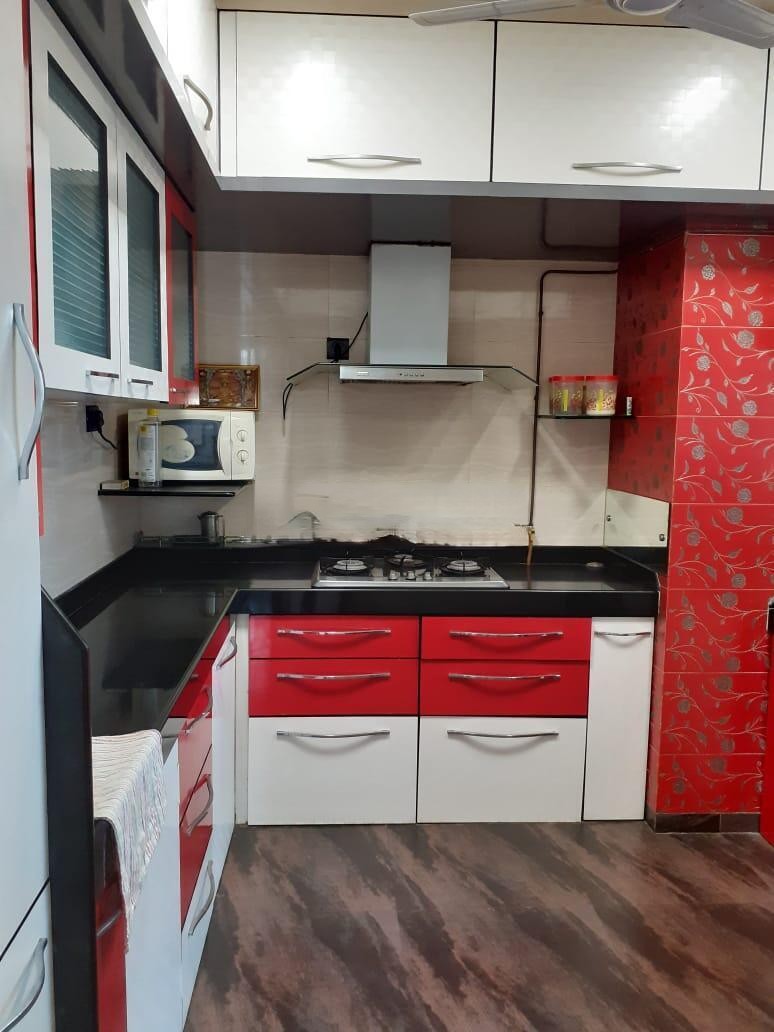
- August 10, 2023
- News
Real Estate GST Rates: Meaning, Current Rates & Component
Real Estate GST Rates- The Goods and Services Tax, or GST, is a tax reform that unifies several different types of taxes under one roof. In real estate, GST is presumed to apply to a number of actions that the parties engaged are responsible for paying. For various forms of property, the government has imposed varied GST rates. This blog covers the significance, application, and most recent real estate GST rates set by the government.
Are you searching for new projects in mahalaxmi?
This year saw the emergence of a transparent & regulated real estate market in India because to significant policy changes made by the national government, including the Real Estate (Regulation and Development) Act (RERA) 2016 and Housing for All. By eradicating the many taxes in the sector, the largest tax change, the Goods & Services Tax (GST), further challenged to reshape the unbalanced market.
Describe GST
The Goods and Services Tax (GST), which went into effect on July 1 of this year. Is an indirect tax that has taken the role of the many taxes that the federal and state governments previously levied in a cascading manner. The central excise tax, service tax, octroi tax, surcharges, Value Added Tax (VAT). And other local levies are all combined into one unified tax. Which reduces the possibility of double taxation and streamlines the tax compliance procedure.
- The government has divided the GST on real estate into two tax brackets of 1% and 5%.
- Affordable residences priced less Rs. 45 lakhs are subject to a minimal 1% GST.
- On properties under construction costing more than Rs 45 lakh, a 5% GST is charged without the ITC benefits.
- All provide products and services will only be tax according to these slabs.
- All States & union territories around the nation have passed the bill.
GST’s effects on homebuyers
Since real estate is one of the key economic sectors, contributing an average of 5–6 percent to the GDP and supporting around 250 affiliated industries. It was expect that the GST’s introduction would have a significant impact on the industry.
By avoiding the multiple taxing method and lowering shady real estate transactions, the new tax law seeks to promote openness.
| Transaction | New regime | Old regime |
| Sale within the state | CGST + SGST | Central Excise/Service Tax+ VAT |
| Between states | IGST | Excise/Service TAX+ Central Sales Tax |
Additionally, the anti-profiteering provision of the GST’s Input Tax Credit (ITC) makes it essential for the developer to transfer the advantages to the customer at each stage of project completion. Bringing down the cost of real estate for purchases made while construction is still on.
Under-construction units
By promising greater clarity in the taxation system and lowering property prices by passing on the benefit of Input Tax Credit (ITC) from the builder to the final consumer. GST is anticipate to be a market booster for the real estate industry. As well as is expect to revive buyer and investor sentiment.
The initial tax rate for properties still under construction was 18 percent. Which included 9 percent SGST and 9 percent CGST. However, because the government allow manufacturers to get ITC on the purchase of both finished goods and services (output). As well as raw materials (input), the buyer’s actual tax rate was cut to 12 percent. The recent GST Council meeting, which was place on February 24, 2019, further reduced the GST applicable to residences that are still under construction to 5% (less ITC advantages). Significantly boosting the real estate market.
To further lower property prices, the government has now permitted a deduction of land value equal to one-third of the total sum for the purpose of calculating GST.
For instance, if a property costs Rs 60 lakh in total, the developer can keep up to Rs 20 lakh as the land cost, & the total cost of GST will be calculated on the remaining Rs 40 lakh in property value. This reduces the developer’s enormous tax burden, which will ultimately be passes on to the end-consumer.
The main selling point is that stamp duty & registration fees would not be included in the GST imposed. All properties continue to be subject to a 5 percent stamp duty and a 1 percent registration charge (subject to State regulations).
Ready-to-move units
Properties that are ready to move into are exempt from GST. As a result, even after GST, the overall cost of the ready-to-move properties as well as resale properties has not altered.
In accordance with recent government policies, GST rates are subject to change. Referring to the most recent GST rates imposed by the State & Central Government is advised.
You’re looking for Projects in Parel we have the Best Properties In Mumbai Like Ready to Move:https://navimumbaihouses.com/properties/search/parel/
If you want daily property update details please follow us on Facebook Page / YouTube Channel / Twitter







